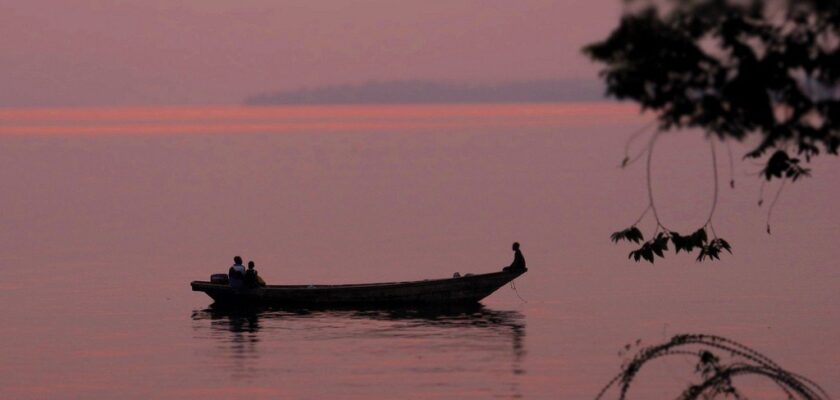Lake Kivu
This sightseeing attraction is related to the following countries:RwandaDemocratic Republic of CongoLake Kivu is located on the border between the Democratic Republic of Congo and Rwanda. It is known for its enormous methane deposits at the bottom, which, according to many scientists, represent a “time bomb”. Any earthquake or volcanic activity would be lethal to the 2 million people living in the region. They could die from both methane explosions and carbon dioxide asphyxiation. But there are positive sides – unlike other freshwater reservoirs in Africa, Lake Kivu has clean and clear water that is free of parasites and other contagions. You can swim here, and there are many hotels and resorts located on the shores.
.The surface of the lake occupies about 2,700 square kilometers of area, its length is 89 km, width is 48 km, and the greatest depth reaches 480 meters. One of the largest islands in the world, Ijwi Island, can be seen in fresh water among the lake.
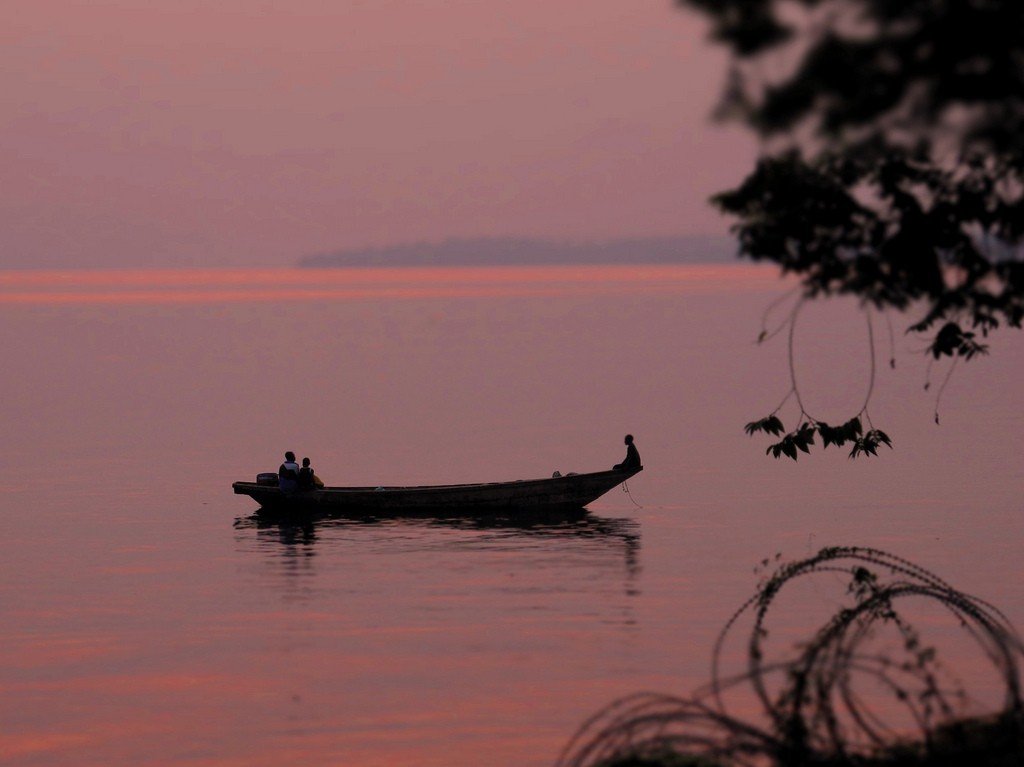
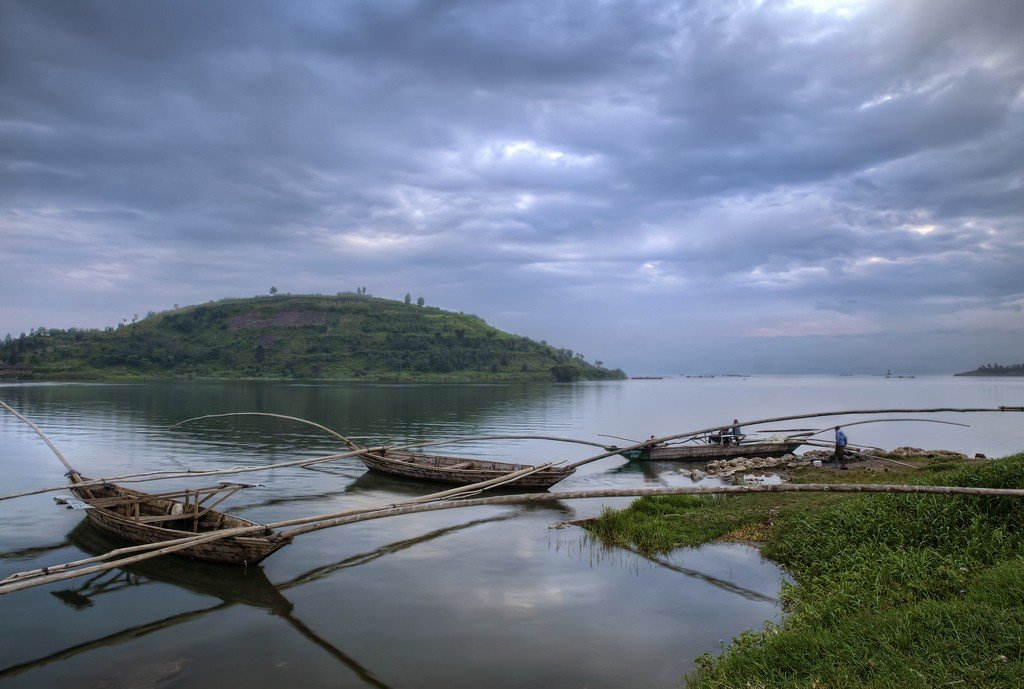
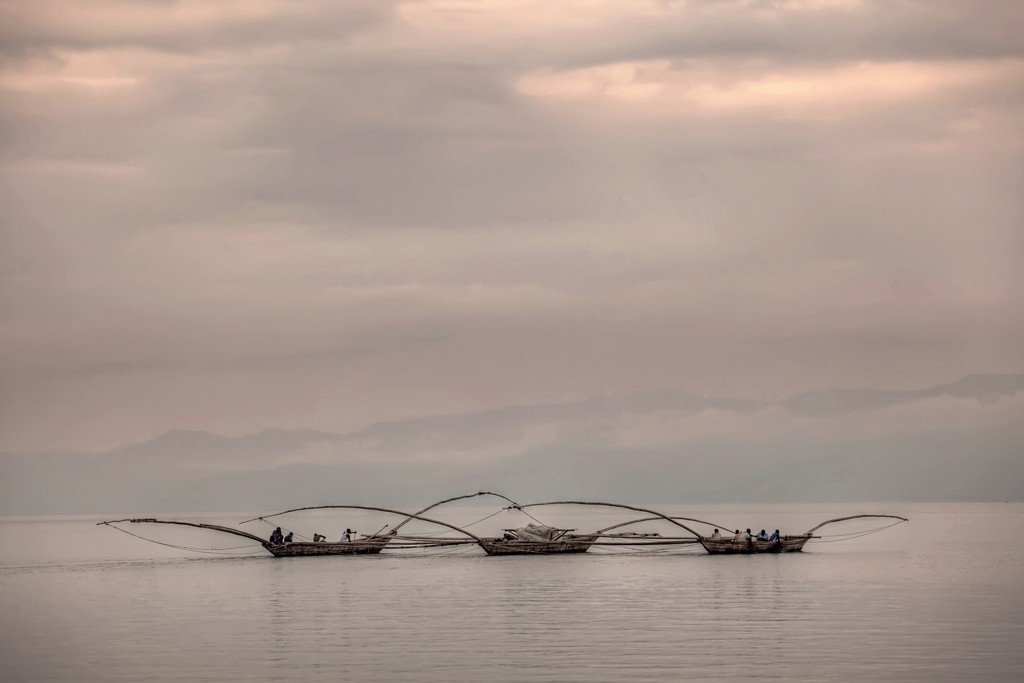
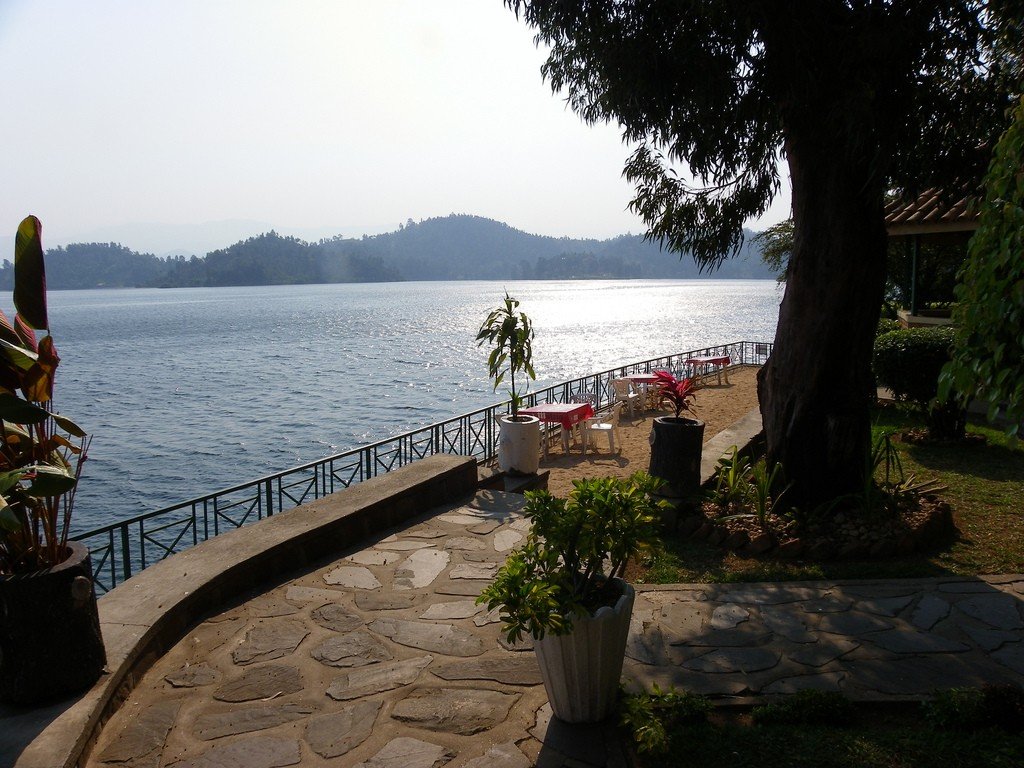
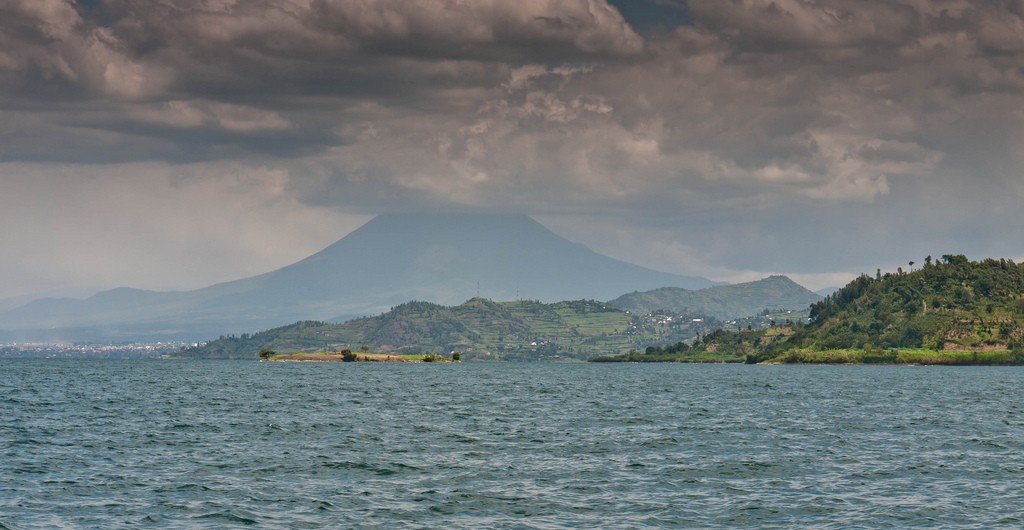
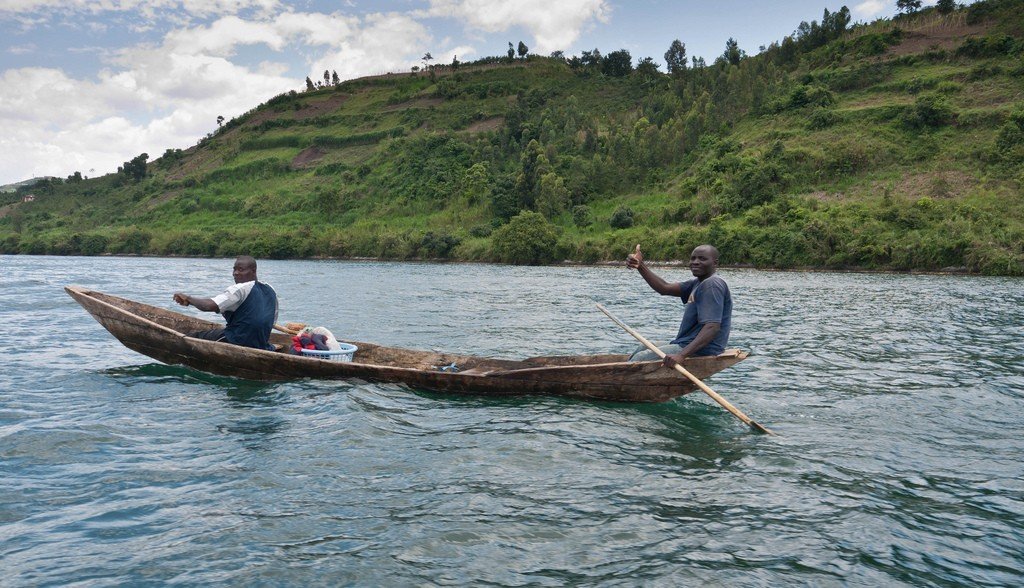
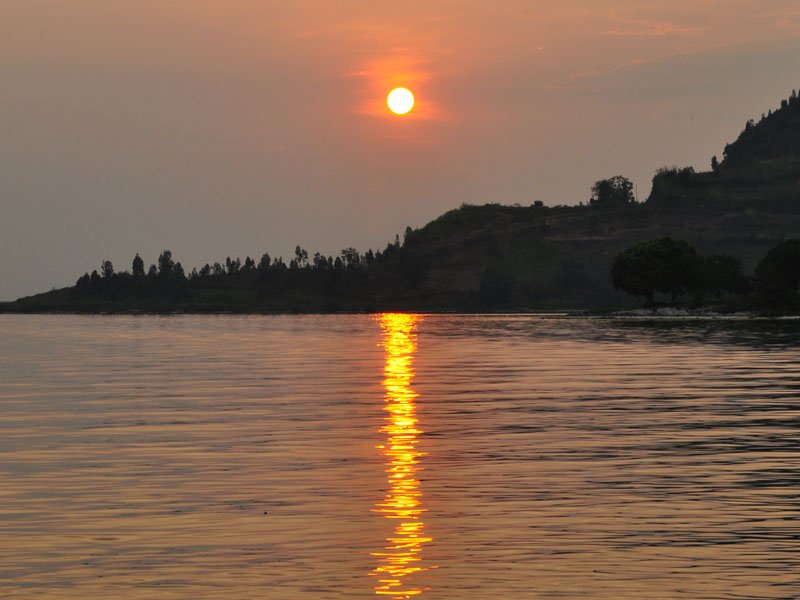
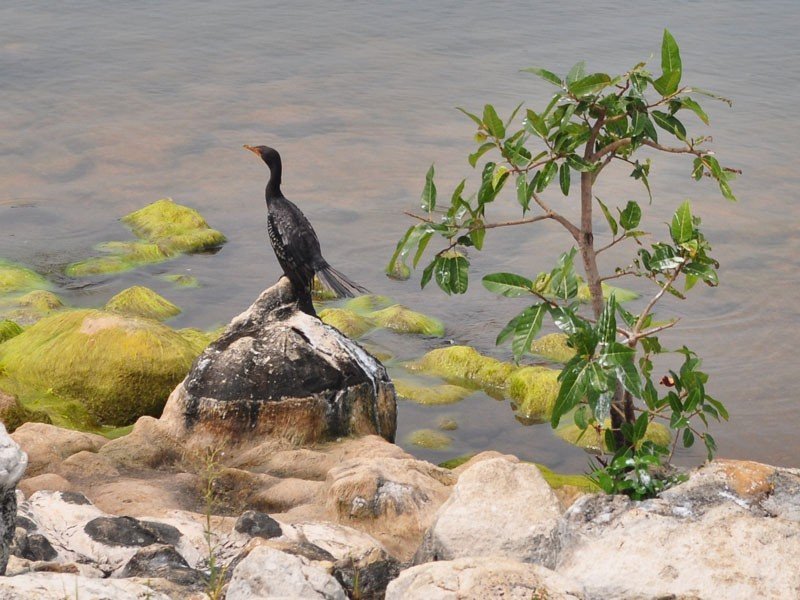
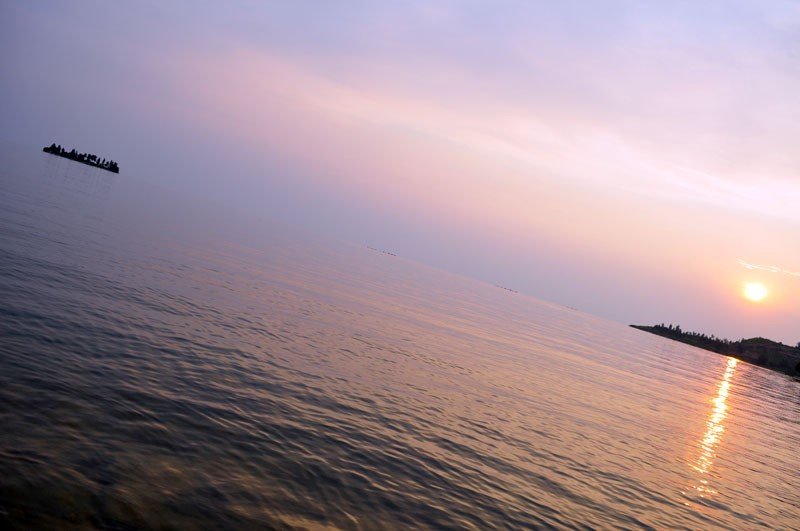
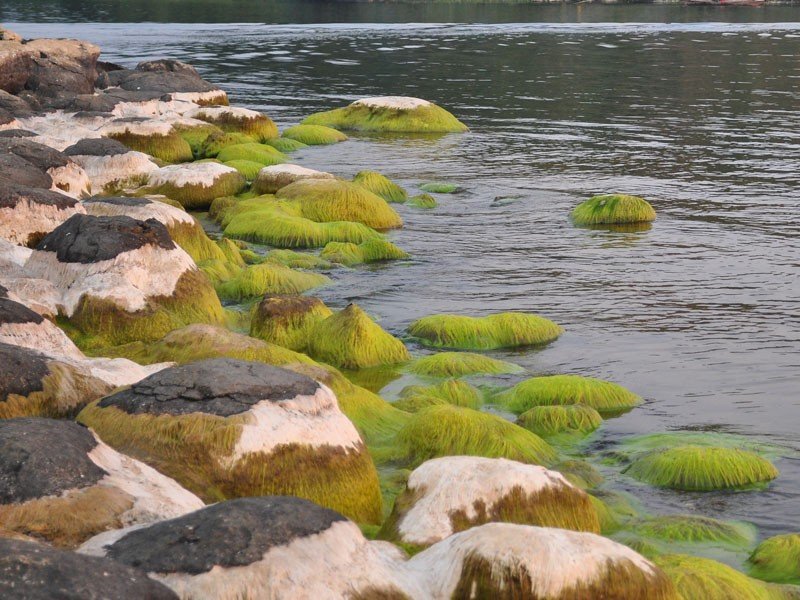
Lurking danger
The seemingly calm waters of Lake Kivu, in their depths store vast and dangerous stores of methane and carbon dioxide.
These gases are “packed” at the bottom of the lake, and for the time being do not come out. In the event of an earthquake or volcanic eruption (which, incidentally, there is nearby) will be an incredible explosion of methane.
.
In normal times, the gas does not escape due to the fact that there is no evaporation of water over the lake. The reason for this phenomenon is due to the tropical climate of the region. The moist and warm air above the water surface delays evaporation, hence the water in the lake does not mix. This leads to the accumulation of gases at the bottom of the lake. The lake is fed by underground warm springs.
.Experts say that such “accumulation” of gases at the bottom of reservoirs is not uncommon, there are other lakes in the world with such “stuffing”. However, in this African lake the layer is the thickest, which makes Kiva by far the most dangerous lake on Earth.
There is an active lake near the lake.
There is an active volcano called Kituro close to the lake. In 1948 he came into action, from the bottom of the lake rose these very gases, the lake boiled and all the fish in it boiled alive. Local people even ate this fish for a while (indeed, why should the good things go to waste). The lake is located on the East African Rift, and earthquakes are not rare here. Therefore, life near the lake for locals is like sitting on a powder keg. However, the authorities of both countries intend to use underwater gases for their own benefit. After all, methane is an excellent source of energy, sources of which the poor Africans do not have many.
.
This is what mainly worries scientists from all over the world. They fear that the development of the field could disrupt a system that has been formed over thousands of years, triggering the release of huge amounts of methane and carbon dioxide and, consequently, a massive explosion.Scientists are also excited about the fact that they can’t find out a specific timeline for when the gas will escape. According to experts, a thousand years could pass without incident, or maybe the explosion will happen next week. Now scientists from many countries are studying the lake, trying to calculate how much methane is hidden under the water column. There’s another problem. Scientists have never before encountered such a situation anywhere in the world. So they have no idea how big an explosion the gas would be. But even if we assume that there will be no explosion and the gas will burst out without fire, even in this case it will cause irreparable damage to the ecology of the region.
.Near the town of Rubavu, the Rwandan government has already launched a pilot project to extract and burn methane – a power plant using raw materials from the bottom of the lake generates about two megawatts of electricity.
The new plant, which will be built on methane from the lake bed, will produce about two megawatts of electricity.
The new plant, which is planned to be built soon on the eastern shore of Kivu, will be built by the U.S. company ContourGlobal and financed mainly by private investors and international development organizations, which will provide about 45% of the money for the project in the form of loans. The projected capacity of the power plant will be 100 megawatts. Currently, the total capacity of all power plants in Rwanda is 115 megawatts.
.The principle of extraction is relatively simple – a platform located on a lake will pump out water saturated with methane and carbon dioxide from the bottom of the reservoir. On the platform, the gases and water will be separated, the methane will be pumped to a power plant, and the carbon dioxide will be dissolved back into the water, which will then be poured back into the lake. Flora and fauna will not be harmed in any way.
.The project, called “KivuWatt”, will cost the government and ContourGlobal 200 million dollars, but in the future it will surely pay off, reduce electricity prices and save the lives of people living near the lake.
.Lake Kivu resorts and hotels
There are three towns on the shores of Lake Kivu, each serving as a resort at the same time.
Kibuye, just south of Gisenyi, is perhaps the most charming of the lake resorts. Nestled right on the shores of Kivu are the pretty Bethanie Guesthouse and Moriah Hill Resort hotels. Cormoran Lodge offers accommodation in individual wooden huts scattered along the hillside. Also available from Kibuye are water trips to Napoleon Islands with its bat colonies and Amahoro, notable for the fact that the only local structure is a… a bar. Kibuye’s only historical attraction is the Tutsi Genocide Memorial, located on a hilltop above the town. The place is not much of a party place, but the view from here is beautiful.
.Shangugu is the southernmost of the Lake Kivu resorts. In fact, it is a border town whose dilapidated facades of once pompous buildings testify to its former grandeur. It offers two old hotels: the Hotel du Lac, with a certain decadence charm and a frequented bar, and the democratic Peace Guesthouse.
.
In addition to boat trips to the islands of Napoleon and Amahoro and relaxing on the beaches of Lake Kivu, you should definitely take a car trip along the shores through a series of villages where the locals will be sure to wave and smile at you.
.How to get to Lake Kivu
It is most convenient to book a private transfer; Lake Kivu is also easily accessible after an organized tour to Volcanoes National Park. Many local tour operators include a one- or two-day stay at one of the Kivu hotels as part of the “to the gorillas” excursion.
On your own, Lake Kivu can be reached by domestic Rwandair flight from Kigali, which arrives at Shangugu Airport at the southern end of the lake.
.